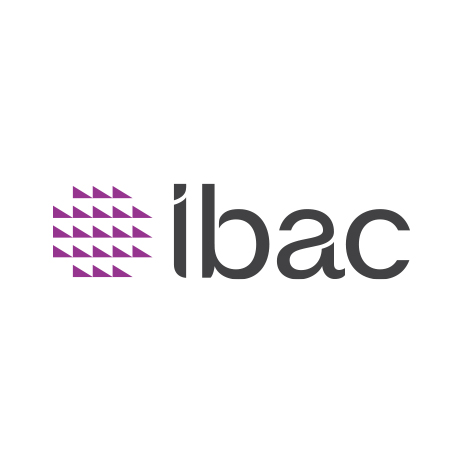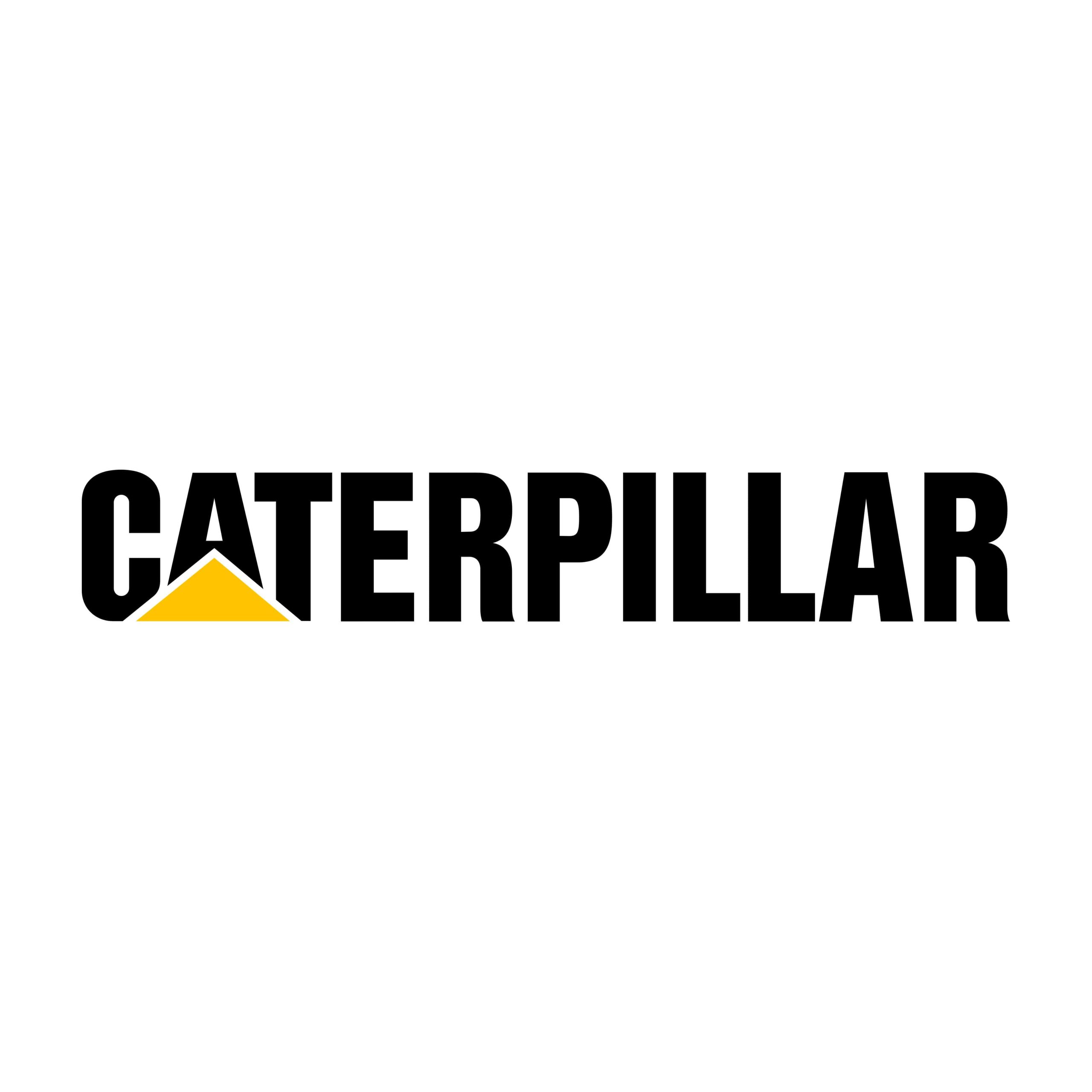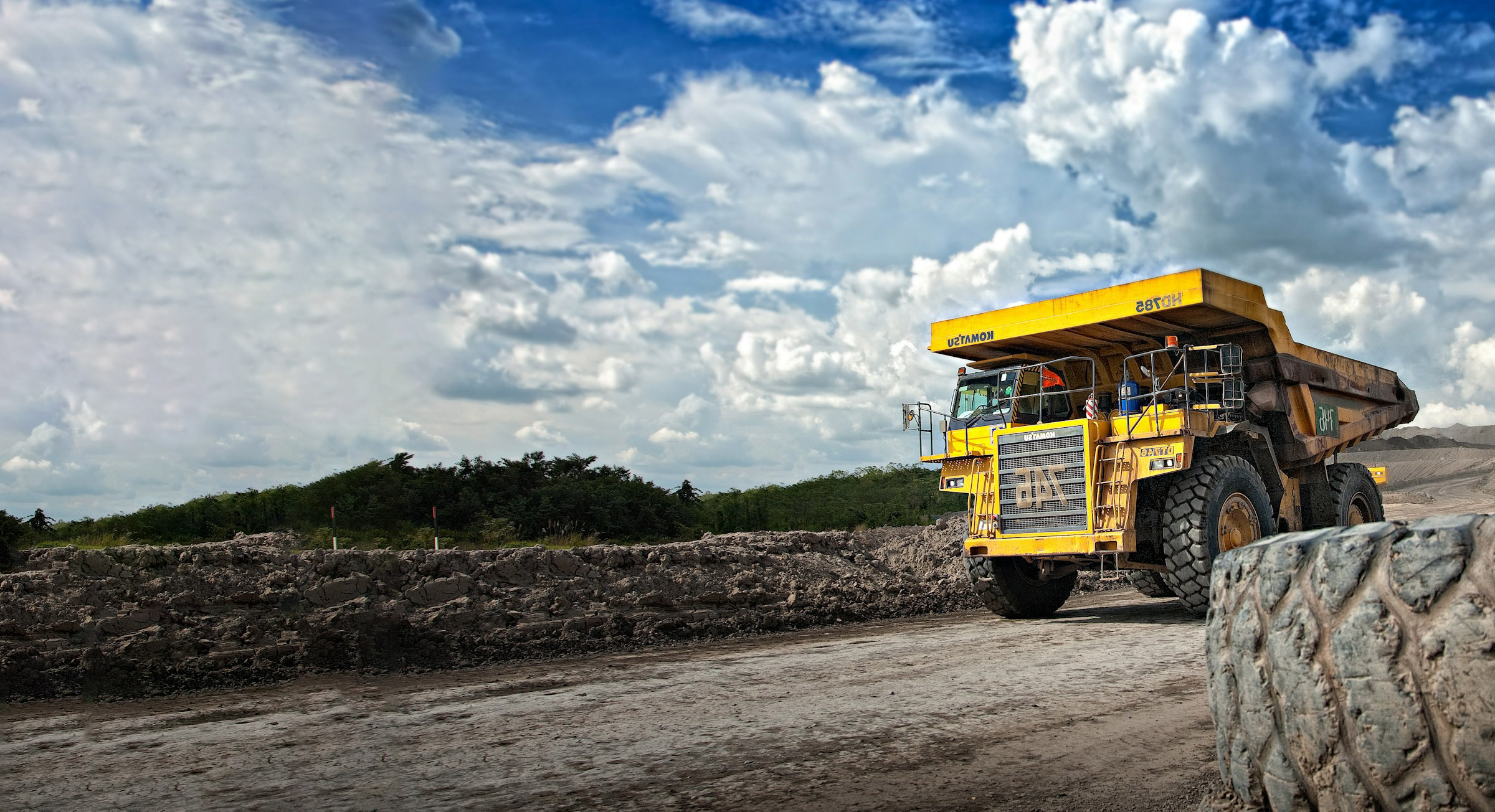Providing a singular, organisation-wide view of who’s responsible for each item of IT equipment and providing the ‘source of truth’ for key details related to warranty, leasing, maintenance and other data critical to your business decision making.
- Get In Touch
- Solutions
- Enterprise Asset Management
- Maintenance Management
- Inventory Management
- Evidence and Exhibit Management
- Building and Facilities management
- Tracking and Accountability Solutions
- Fleet management
- IT Equipment Management
- Compliance and Governance
- Risk and Safety
- Sustainability and the Environment
- Asset Audit Solutions
- Financial Tracking
- Loan and Lease
- Mobility Solutions
- Barcodes/ RFID Solutions
- Integrated EAM Solutions
- Industries
- About
- Partners
- Insights









